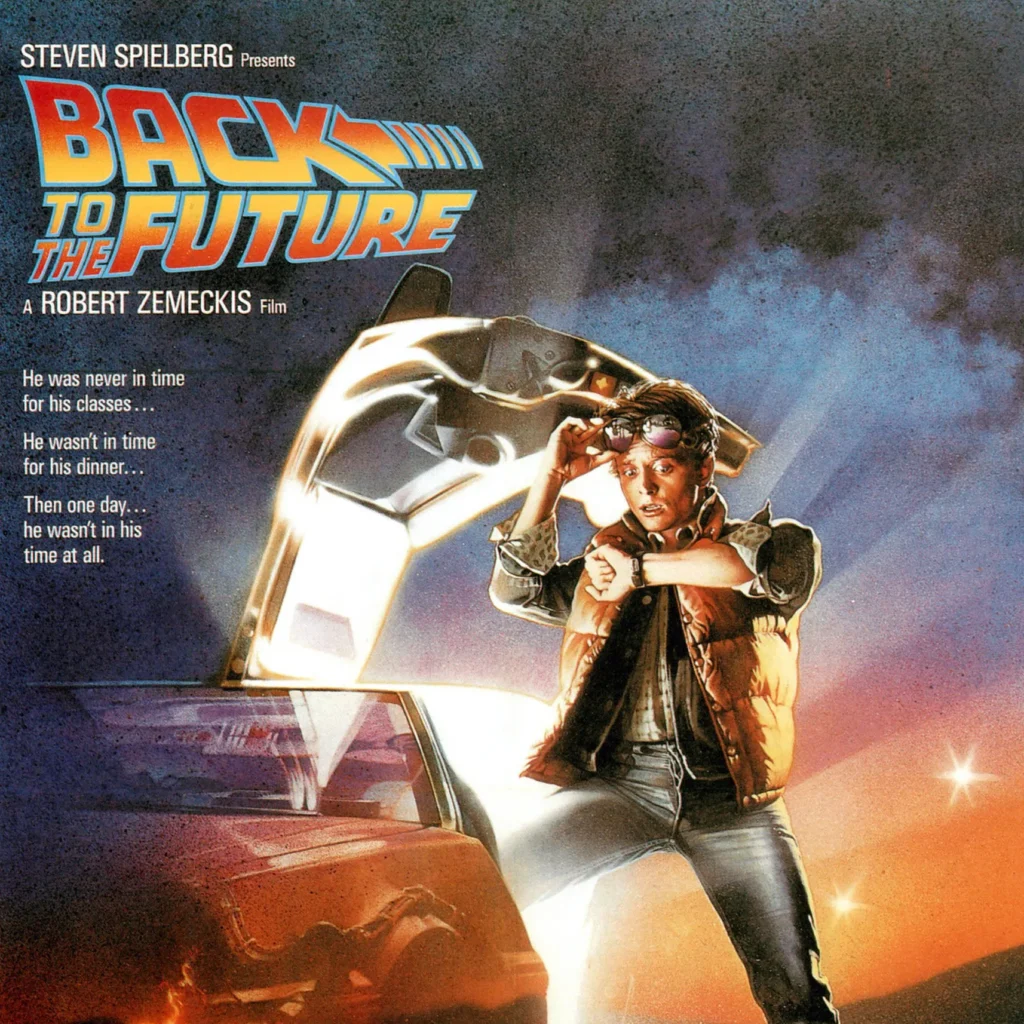Introduction
Time travel has captivated human imagination for centuries, serving as a central theme in science fiction literature, movies, and theoretical physics discussions. The concept challenges our understanding of time, space, and the universe’s very fabric.
The Science Behind Time Travel
While time travel remains within the realm of science fiction, theoretical physics offers insights into how it might be possible. Albert Einstein’s theory of relativity suggests that time is not a constant but can be altered by speed and gravity. This has led to the theoretical possibility of wormholes, or “bridges” in spacetime, which could allow instant travel between distant points in space and time.
Paradoxes and Challenges
Time travel introduces complex paradoxes, such as the grandfather paradox, where a time traveler might prevent their own existence by altering past events. These paradoxes highlight the contradictions and theoretical challenges inherent in time travel concepts.
Time Travel in Popular Culture
Time travel has been a popular theme in movies and literature, offering creative explorations of its implications. Films like “Back to the Future,” “Interstellar,” and “The Time Machine” explore time travel in unique ways, blending scientific theories with imaginative storytelling.
The Future of Time Travel
While actual time travel remains speculative and beyond our current technological capabilities, ongoing advancements in theoretical physics and cosmology continue to explore the boundaries of what might be possible.
Cultural Impact and Exploration
Time travel has been a prolific theme in literature and film, offering a platform to explore complex ideas about destiny, morality, and identity. It allows storytellers to ask “what if” questions about history, the future, and the human condition.
Recommendations for Further Exploration
Books:
- “The Time Machine” by H.G. Wells: A foundational novel in the time travel genre, exploring themes of science, society, and the human spirit.
- “How to Build a Time Machine” by Paul Davies: A physicist’s exploration of the scientific possibilities of time travel.
- “The Fabric of the Cosmos” by Brian Greene: Offers insight into the nature of time and the universe, including discussions on the potential for time travel.

Movies:
- “Back to the Future” Series: Explores the comedic and dramatic consequences of time travel on personal and familial histories.
- “Primer” (2004): A low-budget film praised for its scientific approach to time travel and its complex narrative structure.
- “Looper” (2012): Examines the moral and existential dilemmas of meeting one’s future self through time travel.
Academic Articles:
- For those interested in the scientific and theoretical underpinnings of time travel, articles in journals such as Physical Review Letters and Classical and Quantum Gravity often explore related concepts like wormholes, spacetime, and quantum mechanics.
Conclusion
While time travel remains a theoretical concept and a science fiction staple, its exploration in literature, film, and scientific theory continues to challenge our perceptions, inspire creativity, and fuel the human imagination’s boundless curiosity.
References:
- Wells, H.G. “The Time Machine.”
- Davies, Paul. “How to Build a Time Machine.”
- Greene, Brian. “The Fabric of the Cosmos.”
These resources offer a starting point for anyone interested in delving deeper into the fascinating topic of time travel, from its scientific basis to its cultural representations.
